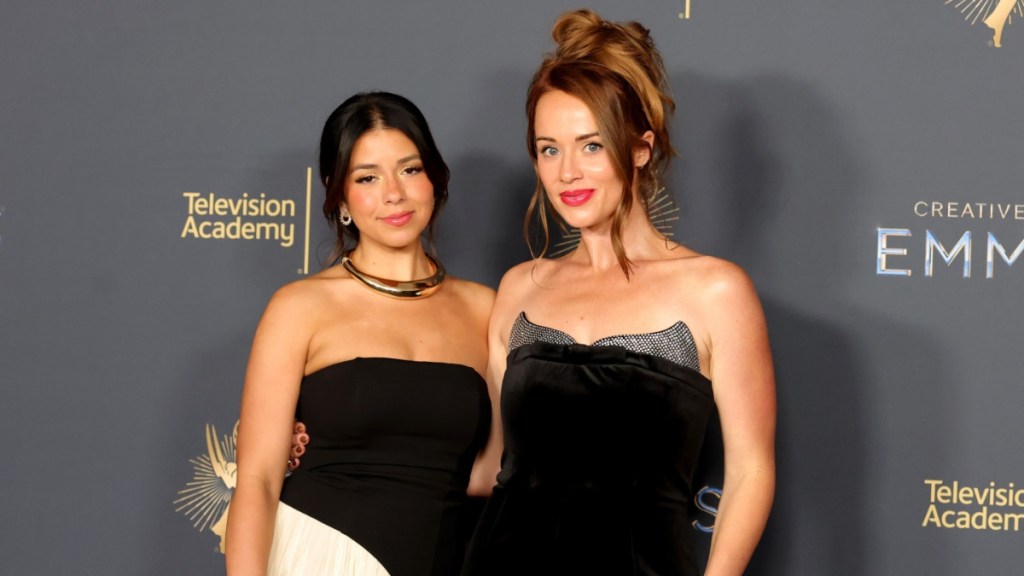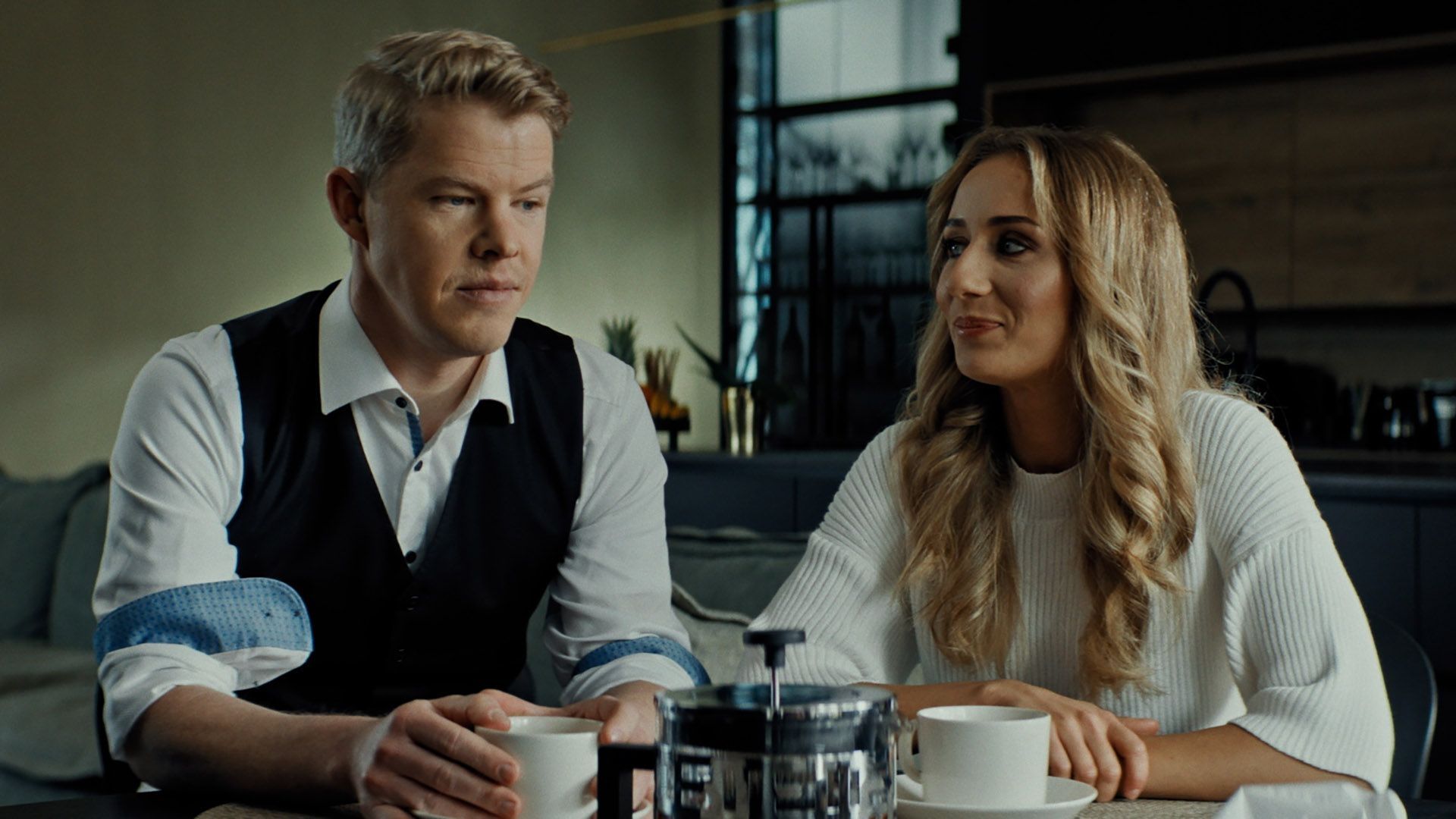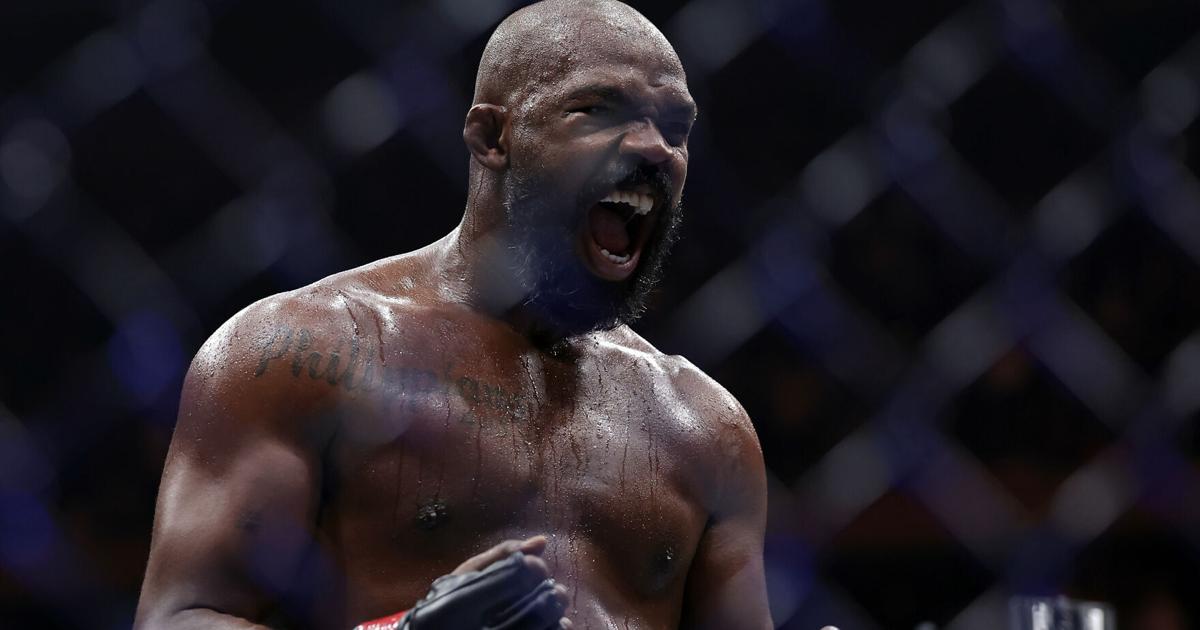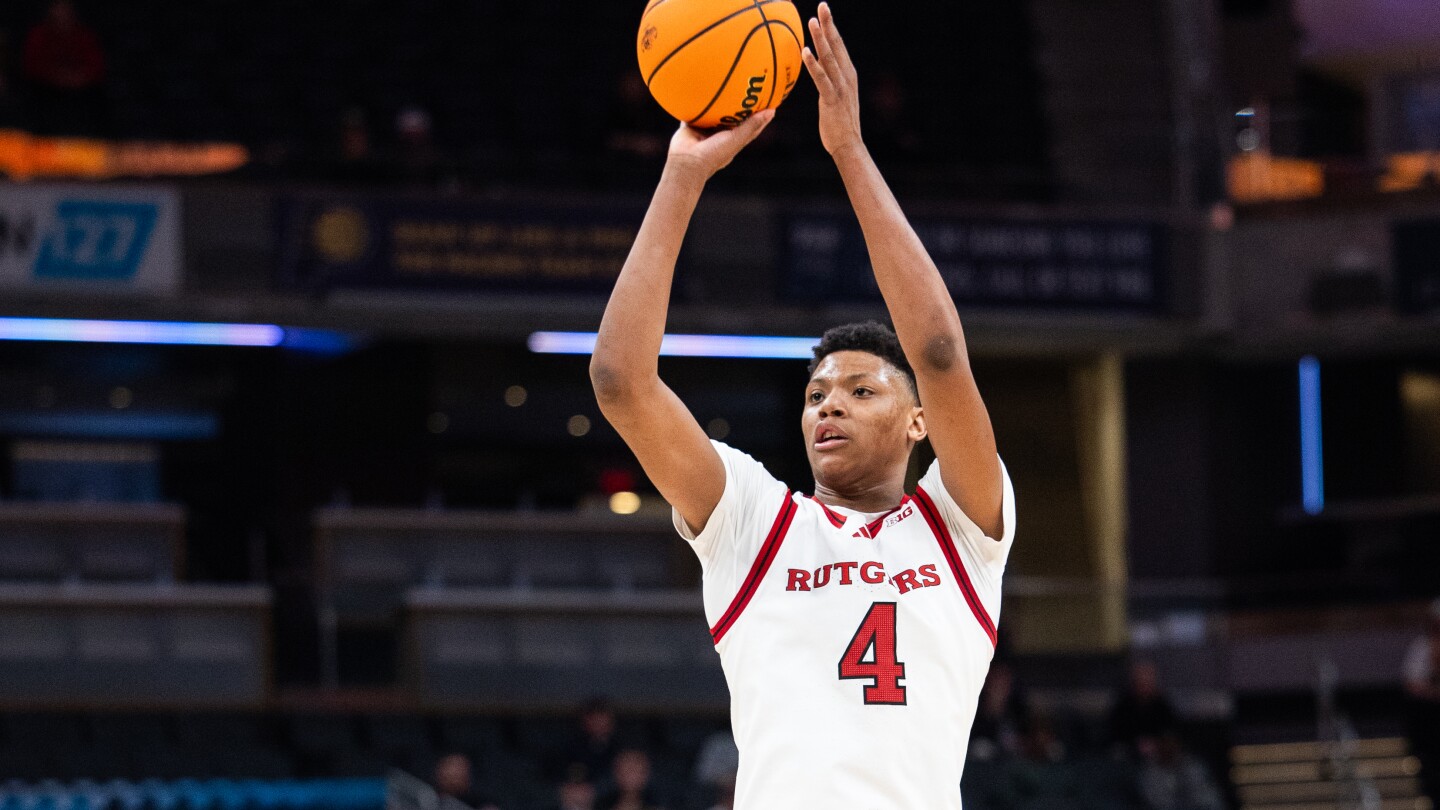WNBA Players Gather in Indianapolis as CBA Talks Stagnate
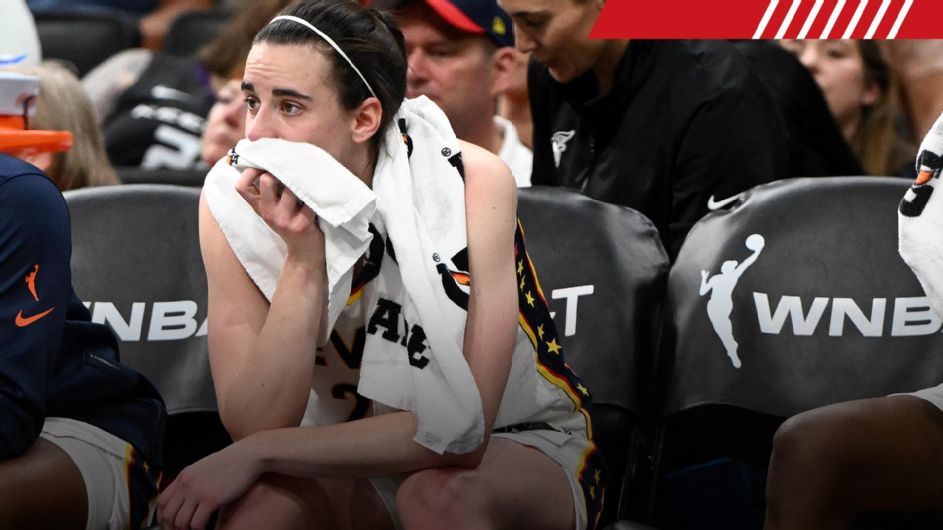
In a significant gathering, over 40 players from the Women’s National Basketball Association (WNBA), including stars like Caitlin Clark, Paige Bueckers, and Angel Reese, convened in Indianapolis on Thursday. The meeting, hosted by the Women’s National Basketball Players Association (WNBPA), aimed to address the ongoing negotiations over a new collective bargaining agreement (CBA). This assembly marked the highest player turnout in union history for CBA discussions.
During the meeting, which lasted several hours, no agreement was reached. This was the first face-to-face negotiation since December, and while there were hopes for a positive outcome, the union expressed disappointment following the talks. In a statement, the WNBPA indicated that the league’s proposals did not meet the priorities they had outlined, emphasizing the necessity for a “transformational CBA” that reflects the contributions of the players.
Union’s Position and League Response
The WNBPA’s statement highlighted that the league’s approach fails to acknowledge the substantial growth within the WNBA. They noted a significant increase in media rights, attendance, and overall revenue. “The business is booming,” the statement read, underscoring that the current compensation structure does not adequately support the athletes who drive this success. “Short-changing the working women who make this business possible stalls growth,” the union added.
Earlier, Nneka Ogwumike, the WNBPA president, expressed optimism about the potential for constructive dialogue during the meeting. Following its conclusion, Terri Carmichael Jackson, the executive director of the WNBPA, characterized the discussions as spirited but acknowledged the lack of progress. “I don’t know that I’m going to say progress, but we had spirited conversation,” Jackson stated.
On the other side, Cathy Engelbert, the WNBA commissioner, described the dialogue as constructive, indicating that both parties are focused on listening to each other’s concerns. Engelbert expressed optimism about reaching a transformative agreement, stating, “I still feel really optimistic that we can get something transformational done by the end. But it’s a process.”
Future Meetings and Potential Implications
Looking ahead, both sides have agreed to reconvene over the weekend, a crucial step as the deadline for a new CBA looms. The current CBA was opted out of by the union last fall, and if a new agreement is not established by the end of October 2023, there are concerns about the possibility of a lockout. Historically, the WNBA has not experienced any game stoppages due to labor disputes since its inception in 1997.
The league is also poised for significant changes, with a new $2.2 billion media rights deal set to take effect next season and plans to expand to 18 teams by 2030. Each new franchise is required to pay a $250 million expansion fee, which the players are keen to discuss in terms of its impact on revenue sharing.
The union’s commitment to securing a better agreement remains unwavering. “We are committed to the fight. We are committed to returning to the negotiating table,” the statement concluded, emphasizing their determination to achieve a CBA that meets the moment’s demands.
As discussions resume, the focus remains on whether both parties can navigate their differences and create a framework that benefits the players and the league alike, ensuring the WNBA’s continued growth and success.

